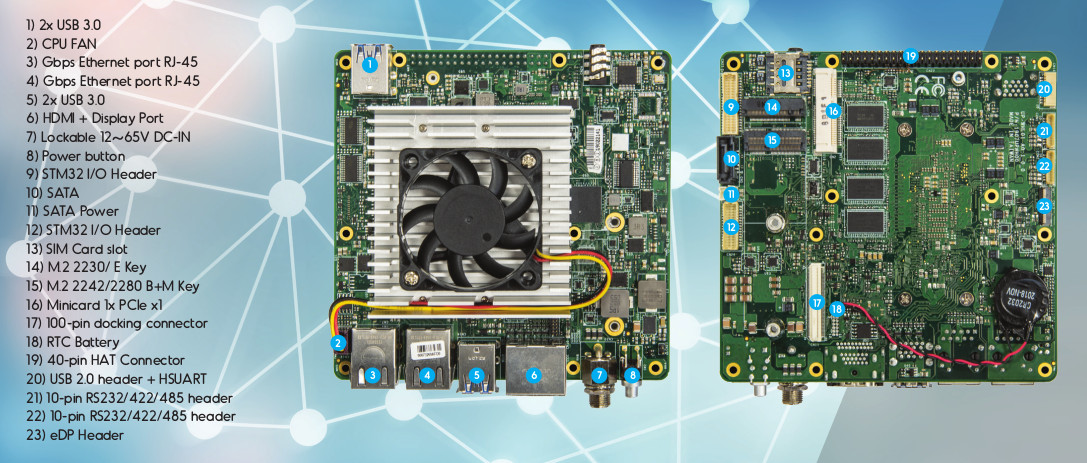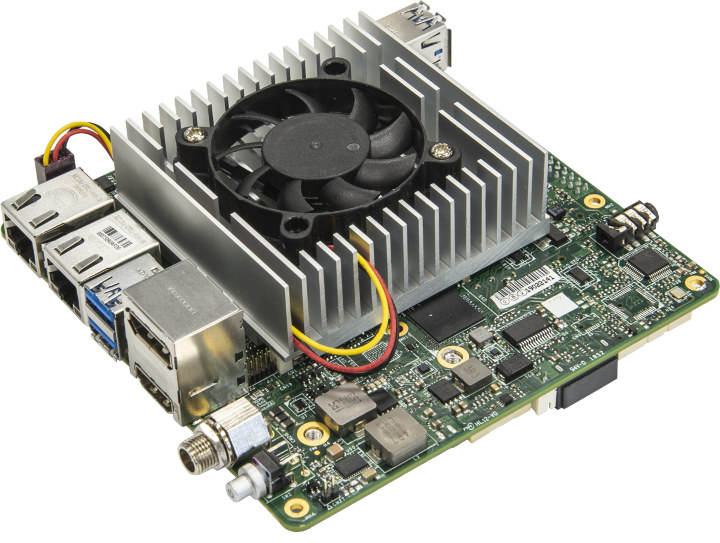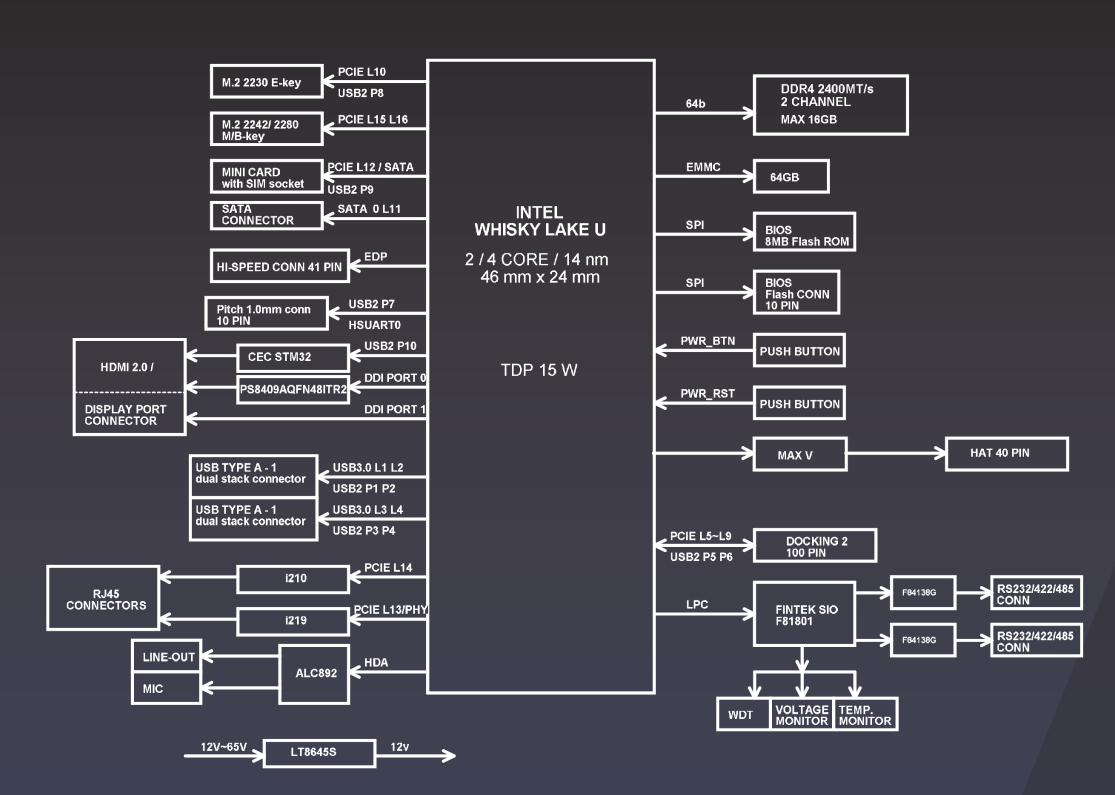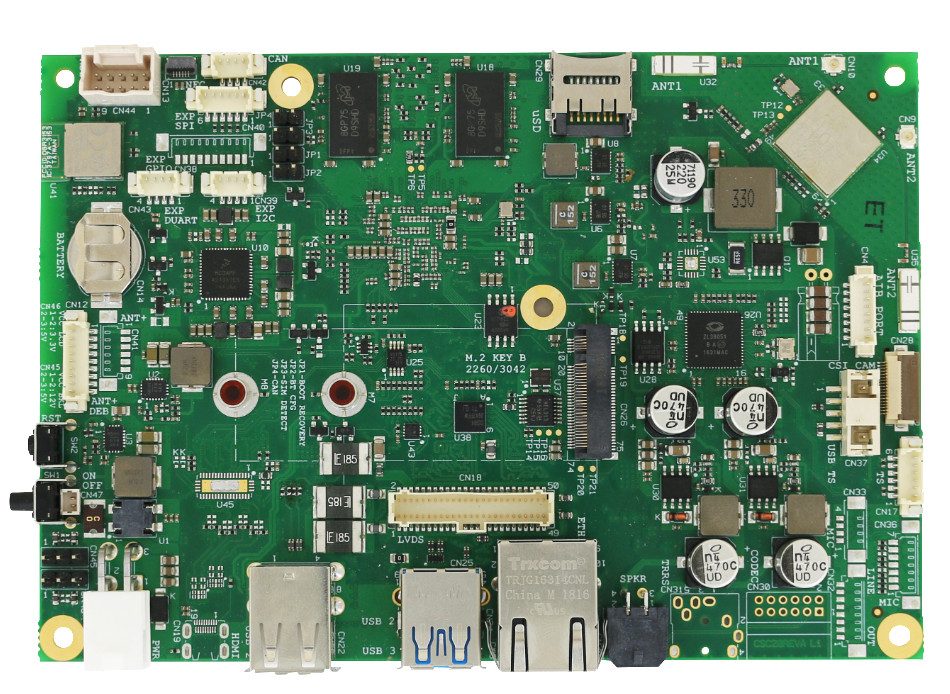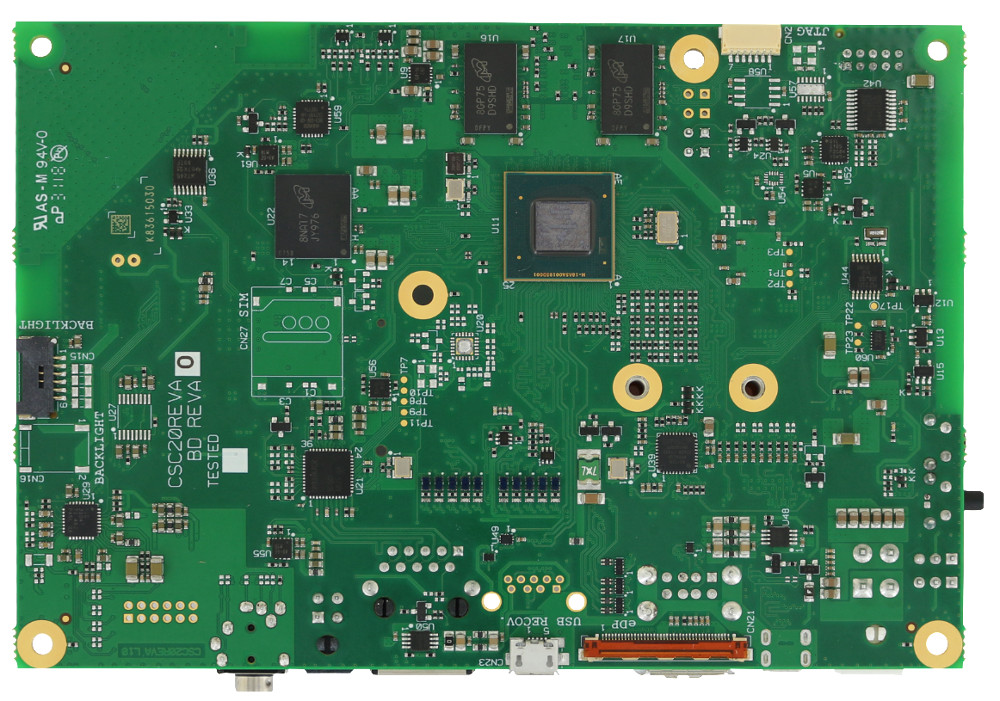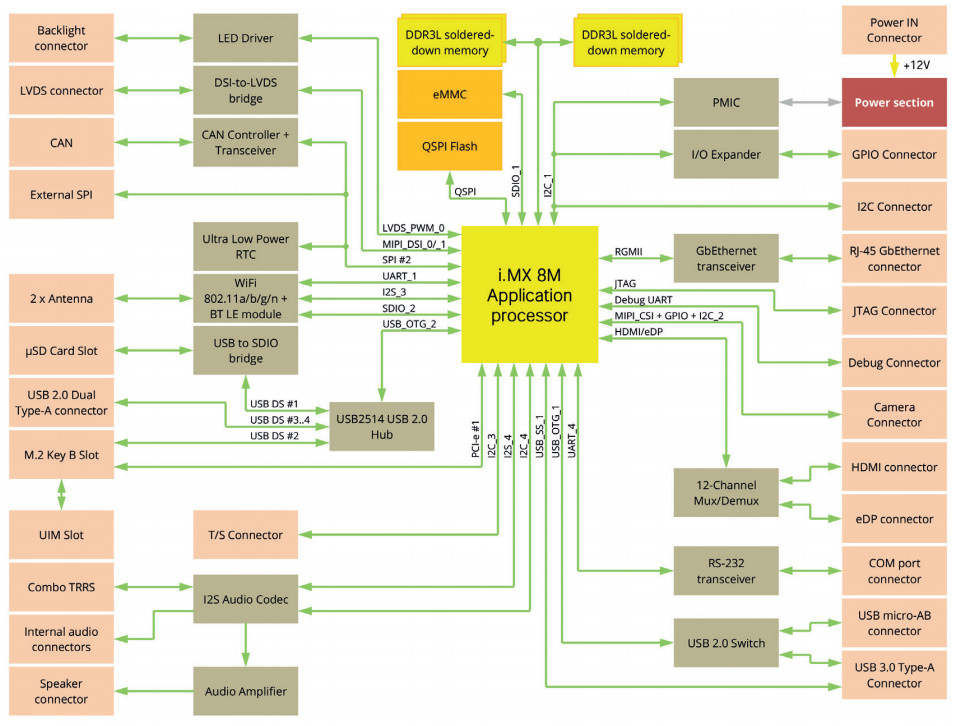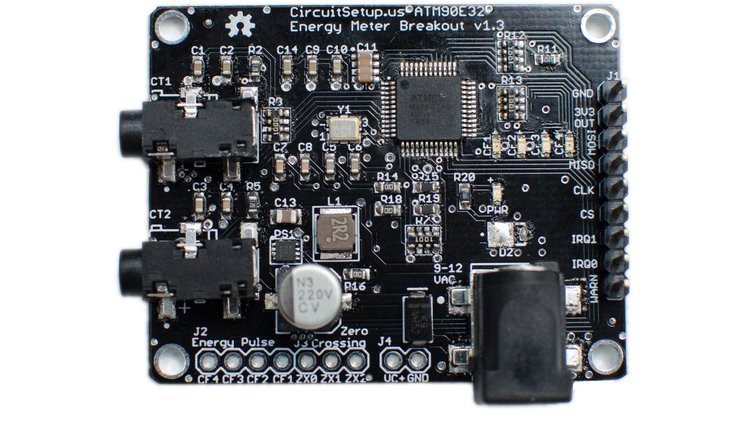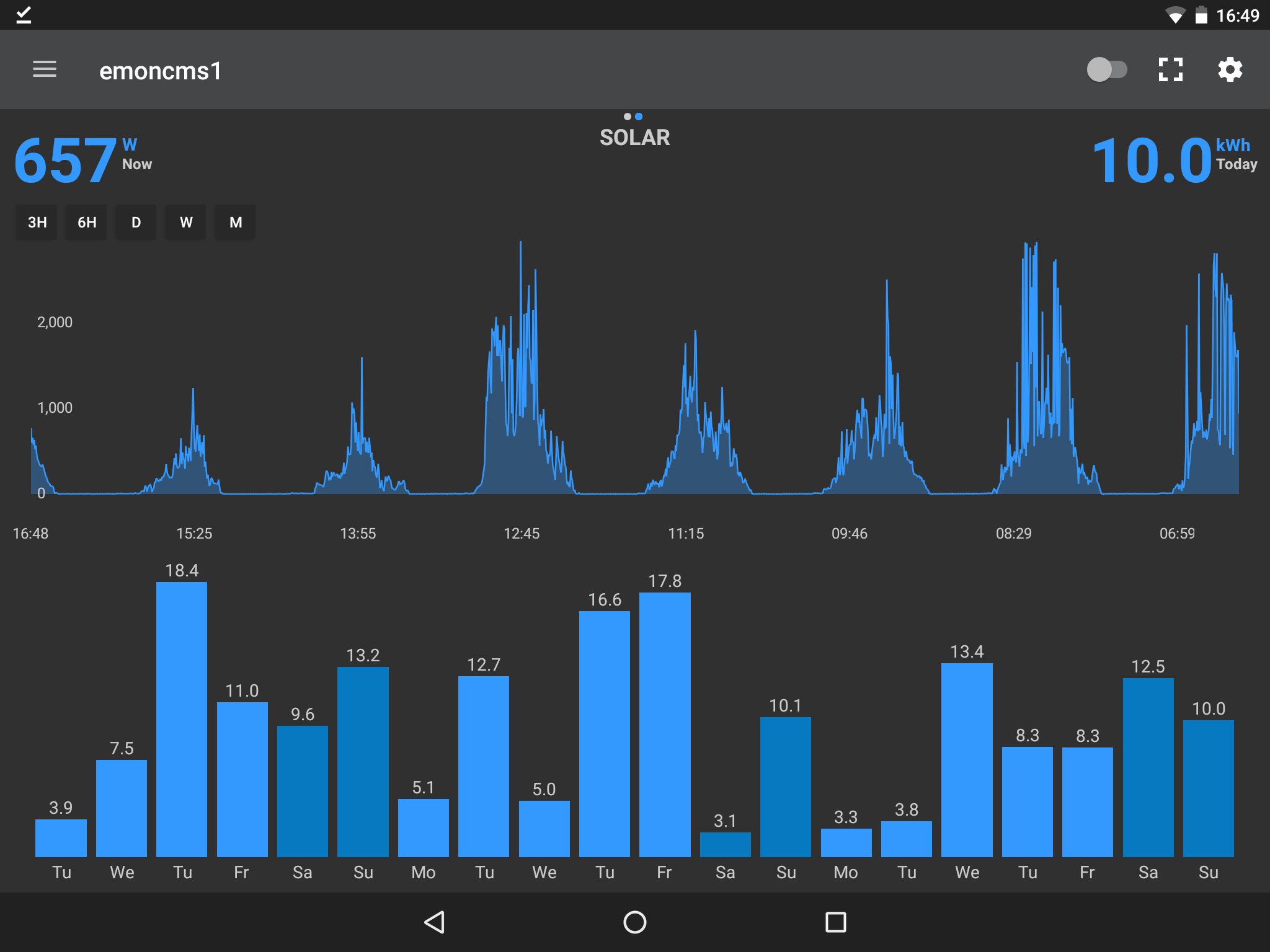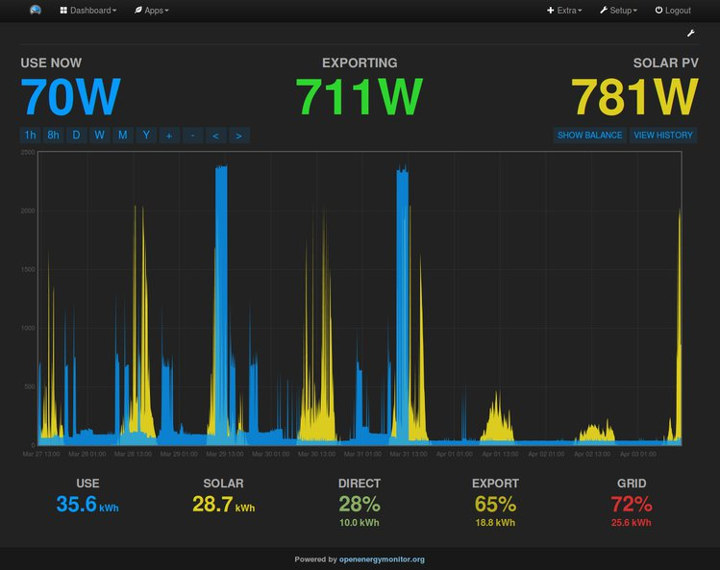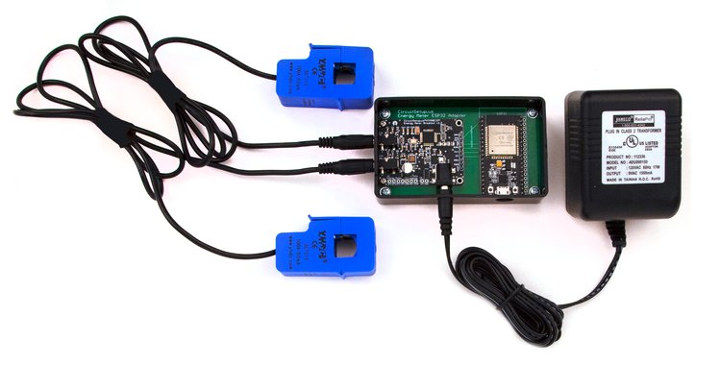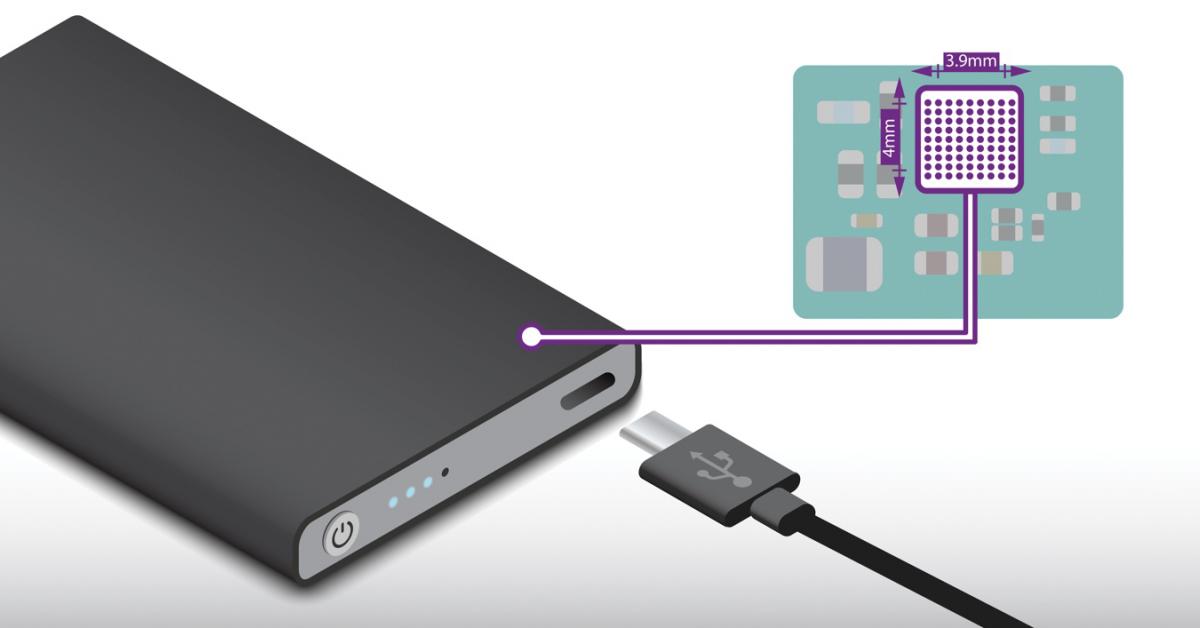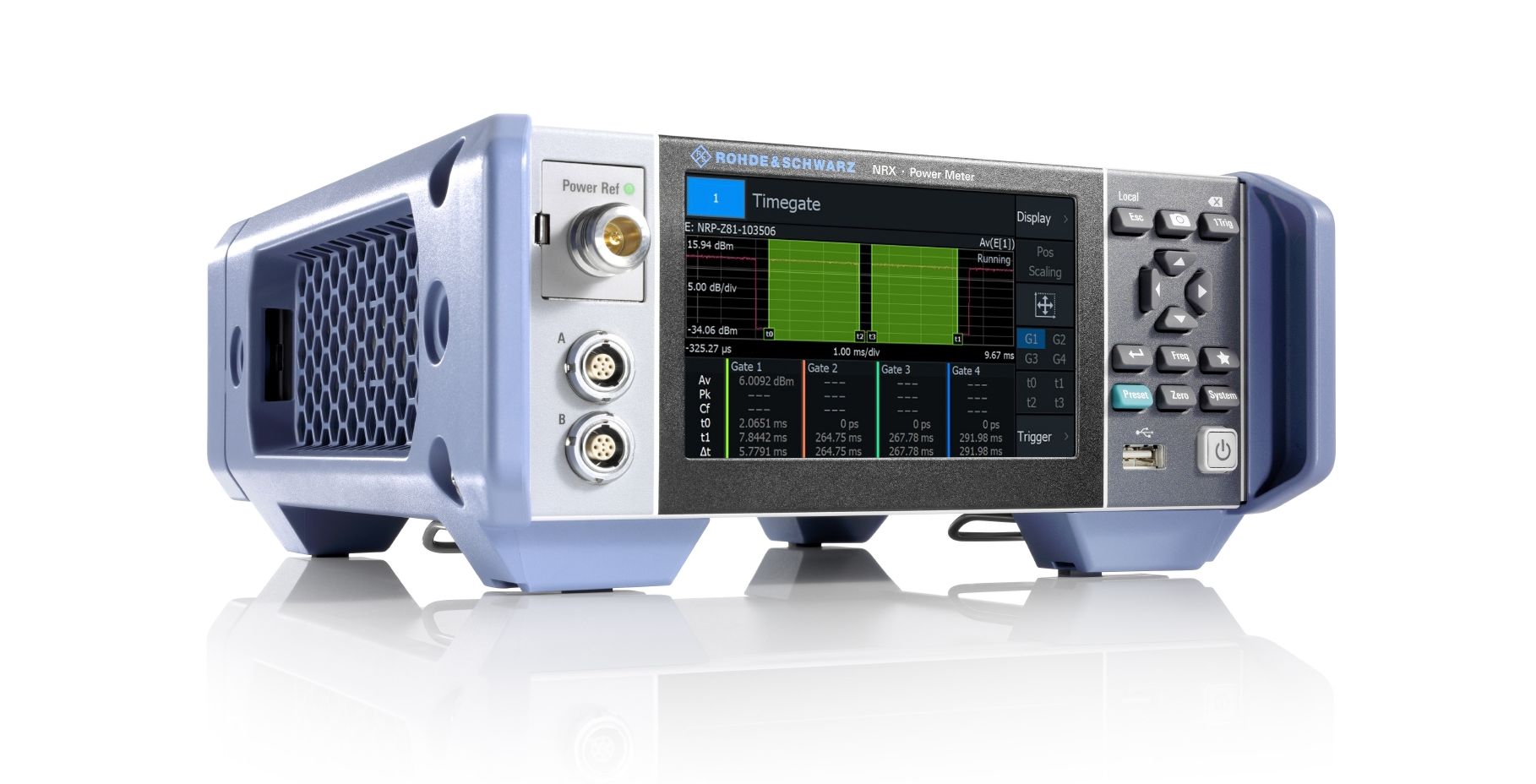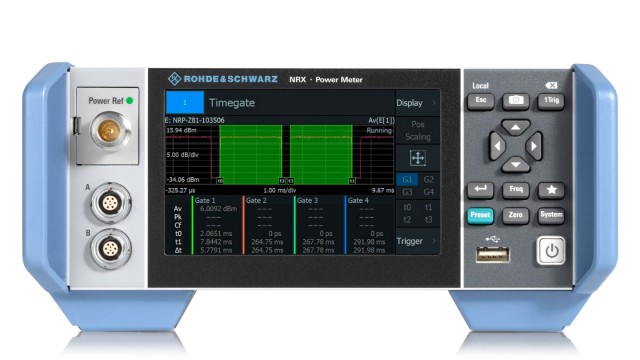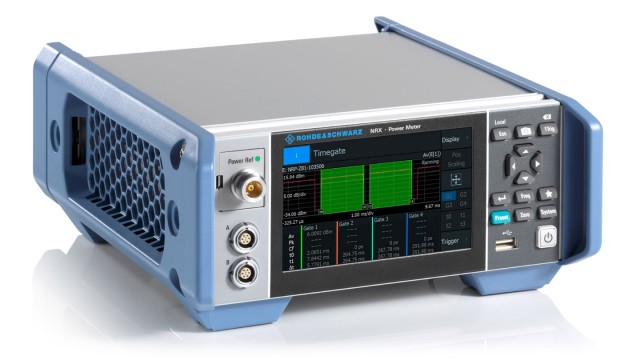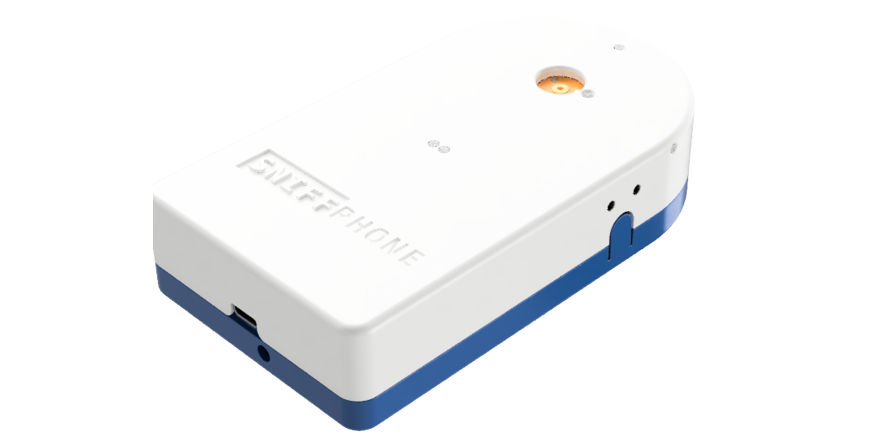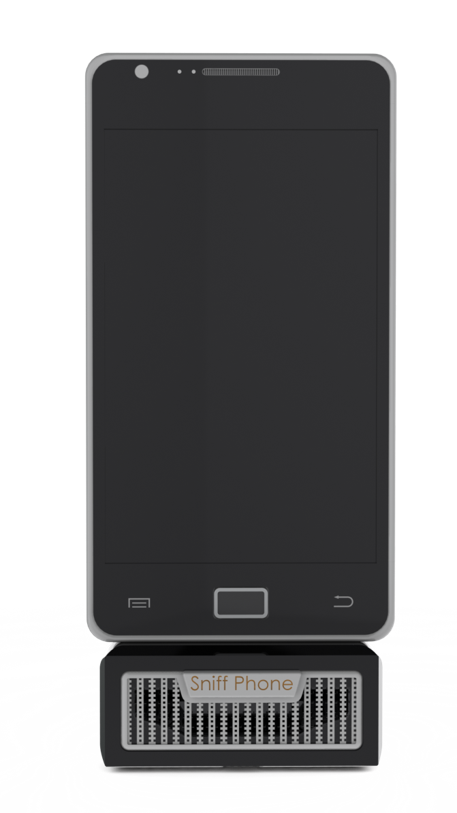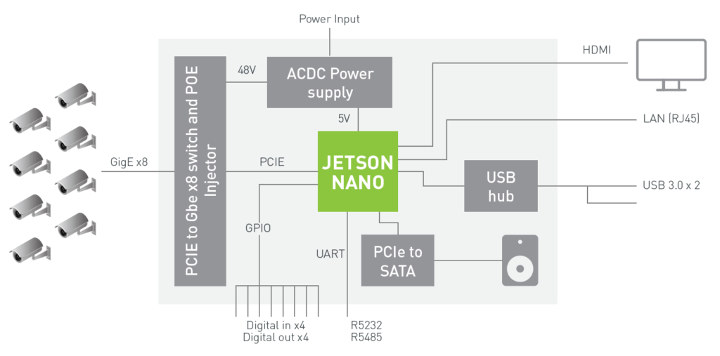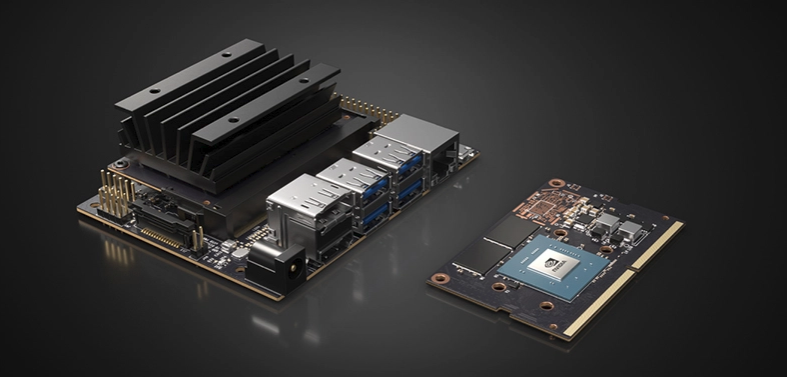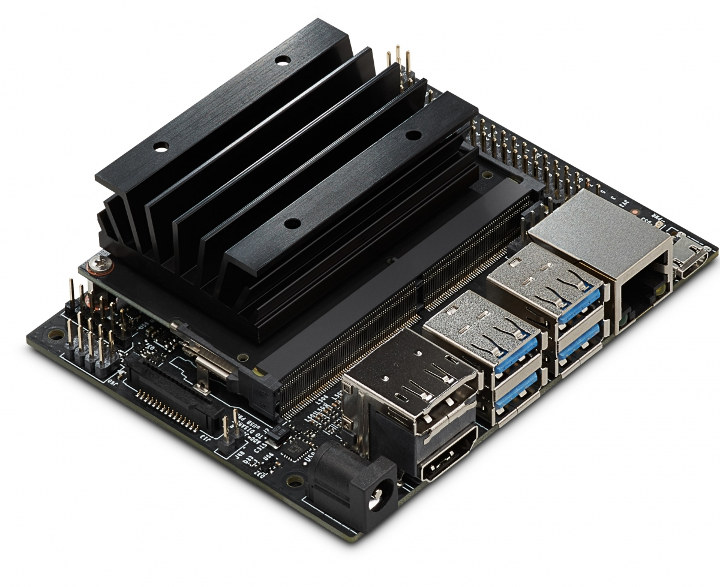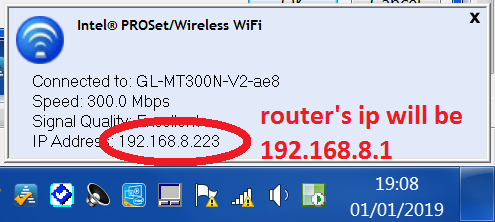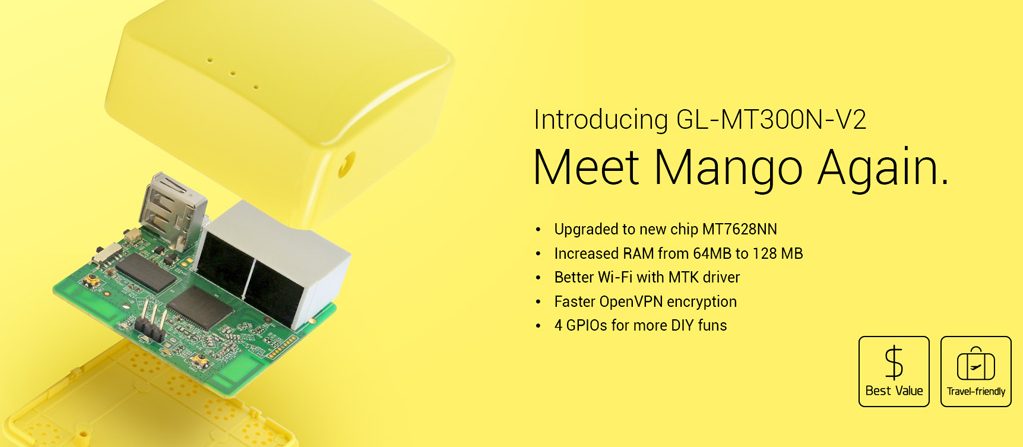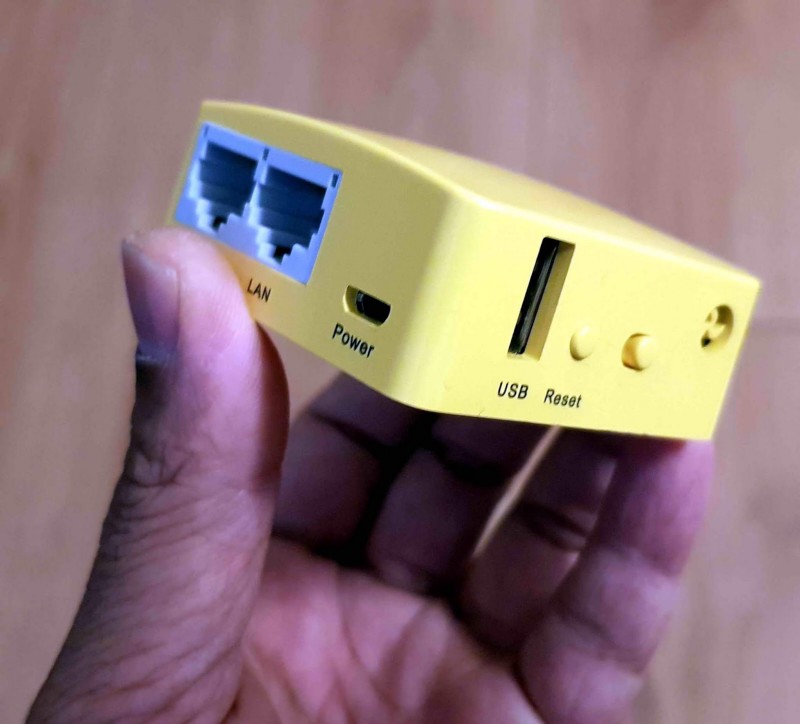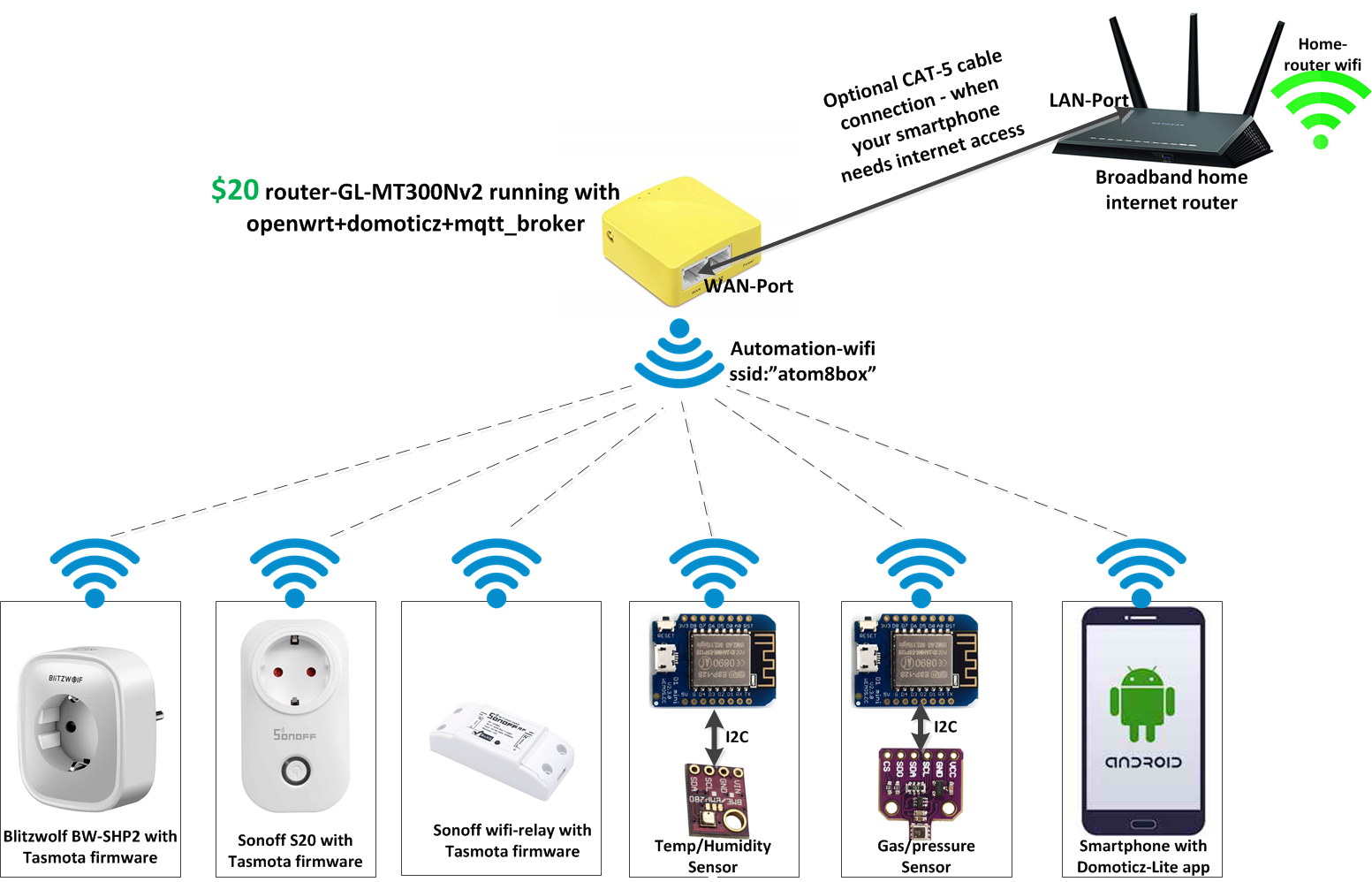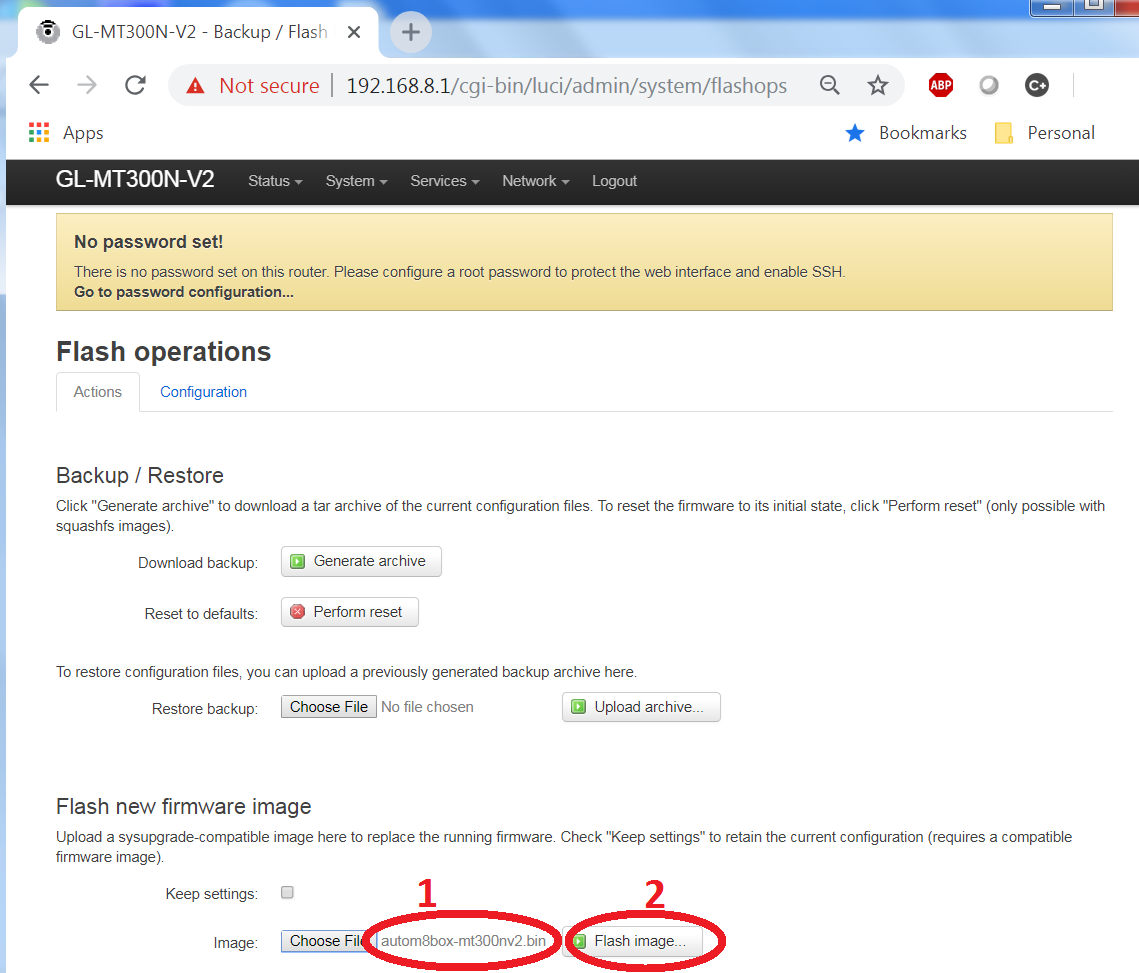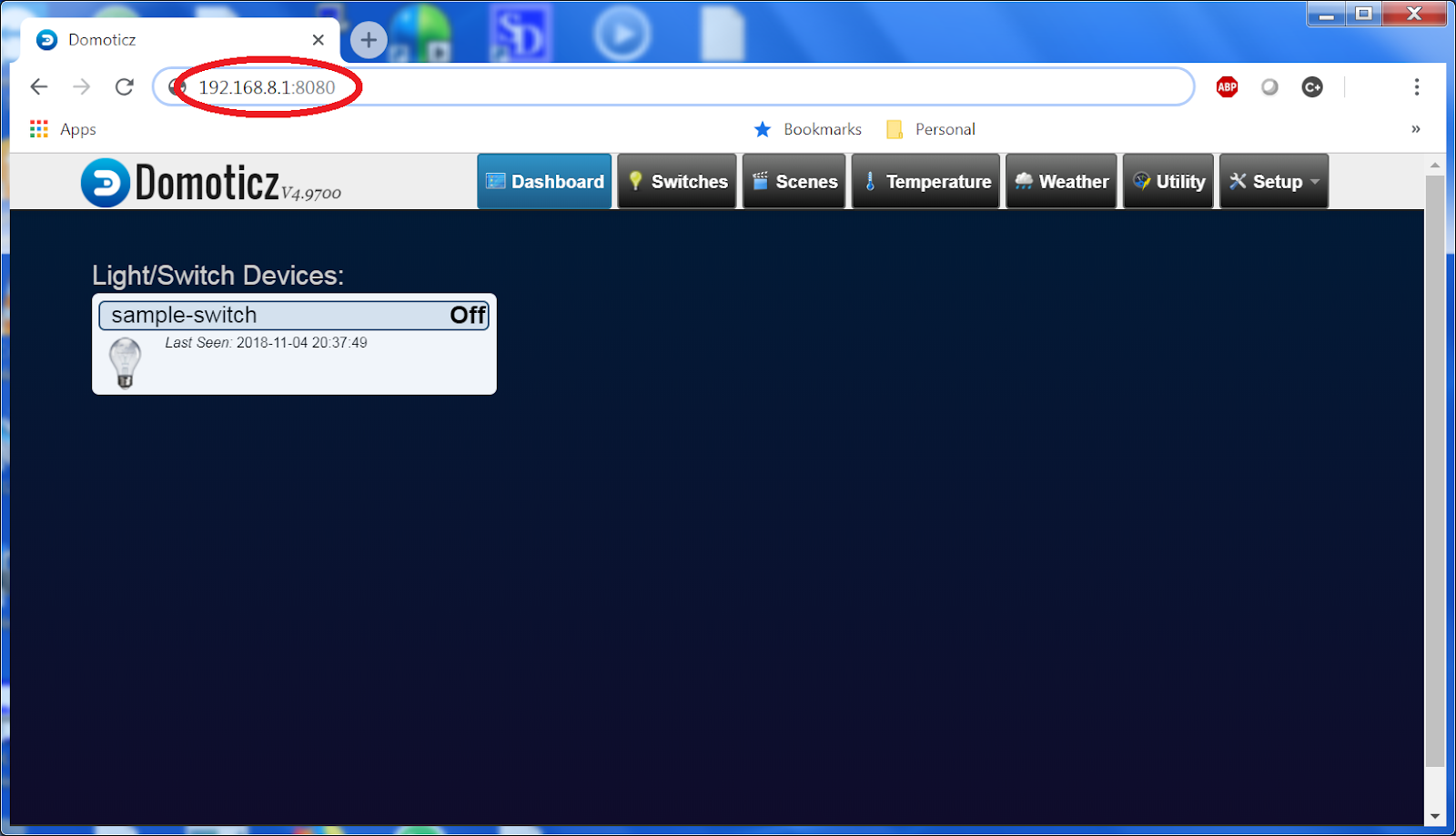AAEON launched their UP board family back in 2015 with the original board featuring an Atom X5 Cherry Trail processor. Since then they’ve launched more models all based on processors with 10W or lower TDP (Thermal Design Power) such as UP Squared Apollo Lake development board. Now, they have introduced an Intel Core-U series Whiskey Lake processor (15W TDP) based SBC named “UP Xtreme” that will feature some of those Core i3/i5/i7 processors.
Combine the raw power of the 8th generation Core i3, i5 or i7 processor of your UP Xtreme board with AI CORE X. Meet the most complete product family of neural network accelerators for Edge devices. The expansion boards are available in MiniCard/mPCIe, M.2 2242 and M.2 2280. With just a few watts of power consumption, each chip delivers up to four trillion operations per second (TOPS) with a Neural Compute Engine capable of delivering up to one TOPS for the ultimate modern Edge solution.
UP Xtreme specifications:
- SoC- Intel Dual/Quad Core “Whiskey Lake” Core i3/i5/i7 processor @ 1.8 GHz (Boost frequnecy up to 3.9GHz for i3/i5, up to 4.6 GHz for i7) with Intel UHD graphics 620; 15W TDP
- System Memory – Up to 16GB dual-channel DDR4 memory (soldered on-board)
- Storage – 16GB to 128GB eMMC 5.1 flash, 1x SATA connector with power connector
- Video Output
- 1x eDP with backlight control header
- 1x HDMI/DisplayPort Stack connector
- Audio – ALC887 for 3.5mm Audio Out/Mic In jack, I2S
- Network Connectivity – Dual Gigabit Ethernet via Intel i210/i211, and i219LM PHY’s
- USB – 4x USB3.0 ports, 2x USB2.0 ports
- Serial Ports – 2x 10-pin RS232/422/485 headers via Fintech F81801
- Expansion Slot
- 1x Minicard with 1x PCIex1 (option mSATA), 1x USB2.0, and SIM card slot
- 1x M.2 2230 E Key socket (1x PCIe x1, 1x USB2.0)
- 1x M.2 2242/2280 B/M Key socket (2 x PCIe / 2xSATA)
- Expansion HAT (40pin) – 28xGPIO, 2xSPI, 2x I2C, 1x ADC, 1x I2S, 2x PWM, 1x UART, 3V3, 5V, GND via Intel MAX V CPLD
- 100-pin Docking Connector with 12V, GND, 3x PCIe x1, 2x PCIe x1 or USB 3.0, and 2x USB2.0
- STM32 /O header
- Misc – Power Button / LED, RTC battery
- Power Supply – 12~65V DC-IN via lockable connector
- Dimensions – 120 x 120mm
- Temperature Range – 0-60°C
- Humidity – 0% ~ 90% relative humidity, non-condensing
- Certifications – CE, FCC
Features
Block Diagram
The company lists Windows 10, Linux (Ubuntu, Yocto), and Android as supported operating systems.
You may find a few more details in the product page, but at the time of writing pricing and availability information has not been made public.


